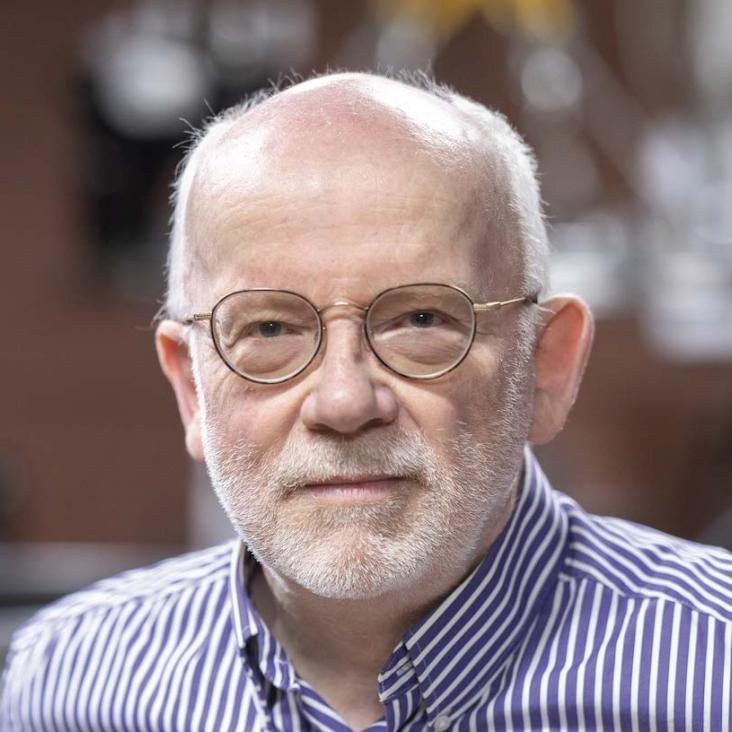The persistence of Maxwellian D and T distributions during burn in inertial confinement fusion
High Energy Density Physics Elsevier 5:1-2 (2009) 27-30
Accretion disk dynamics, photoionized plasmas, and stellar opacities
Physics of Plasmas AIP Publishing 16:4 (2009) 041001
Dense Plasma Physics - the Micro Physics of Laser-Produced Plasmas
LASER-PLASMA INTERACTIONS (2009) 353-360
XUV Probing as a Diagnostic of Rayleigh-Taylor Instability Growth
Chapter in X-Ray Lasers 2008, Springer Nature 130 (2009) 469-474
Extreme ultraviolet emission from dense plasmas generated with sub-10-fs laser pulses
Physics of Plasmas AIP Publishing 15:10 (2008) 103301


